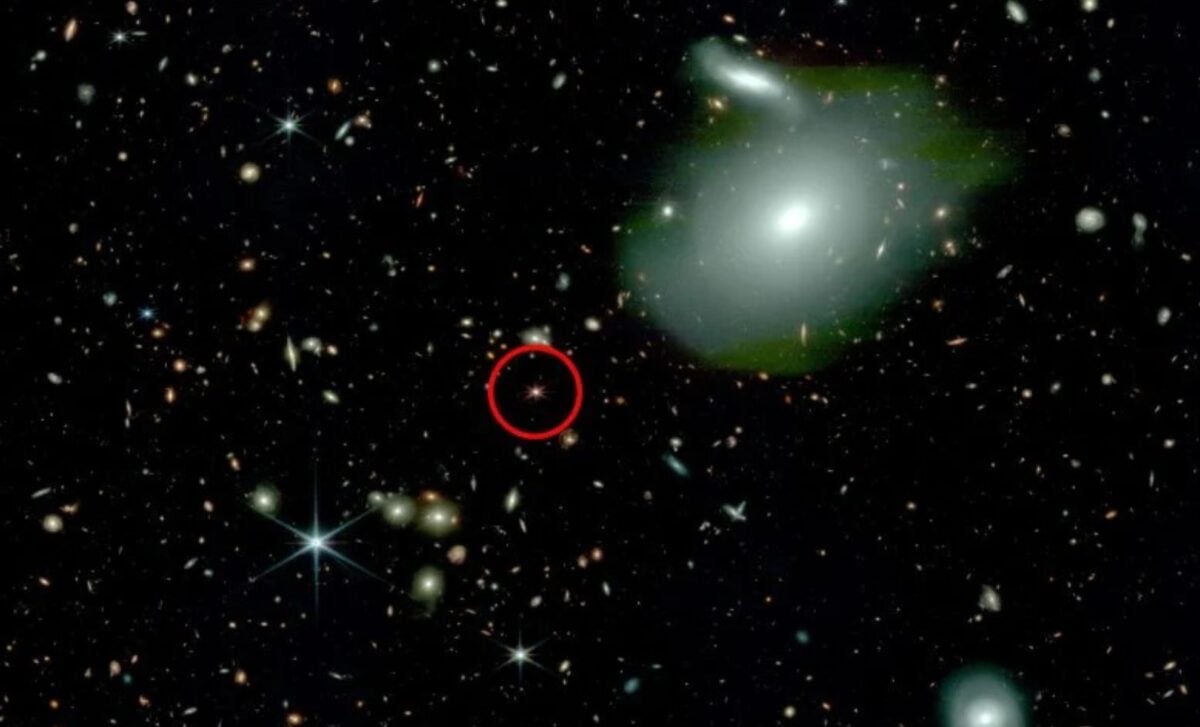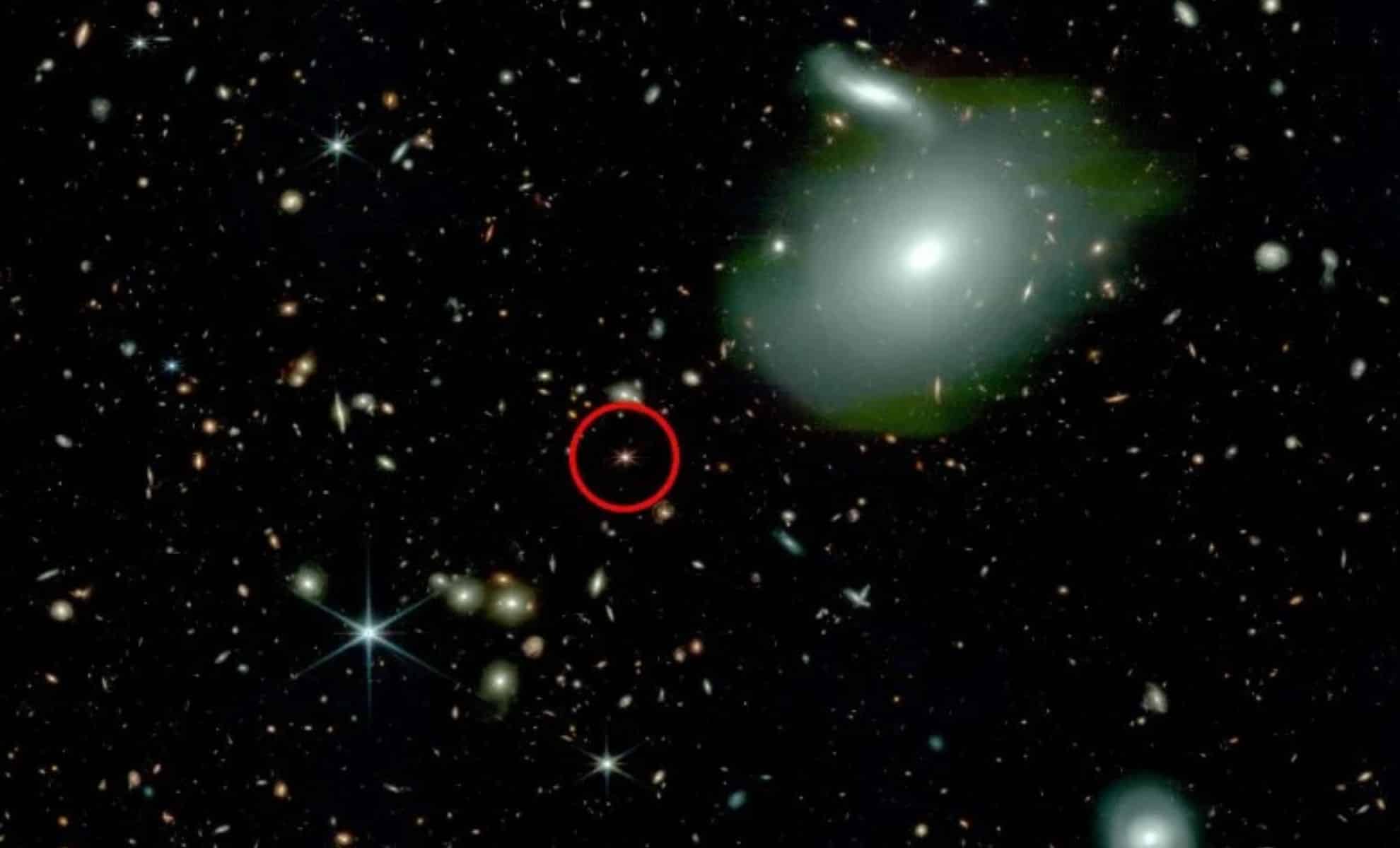The James Webb Space Telescope (JWST) has uncovered five ancient quasars that defy established models of cosmic formation. These lonely quasars, observed in regions of space with few neighboring galaxies, raise significant questions about how supermassive black holes could have grown so massive in the early universe without nearby matter to fuel them. This surprising discovery, detailed in recent studies, challenges our understanding of the formation of quasars and supermassive black holes.
JWST Finds Quasars in Unexpected Places, Shaking Up Our Understanding of Early Universe Evolution

Astronomers using the James Webb Space Telescope (JWST) have made a startling discovery that challenges long-held theories about the early universe.
In a new study, the JWST captured images of quasars—the intensely bright centers of galaxies powered by supermassive black holes—existing in unexpected regions of space. These quasars, some of the oldest and most distant ever observed, appear to be isolated, with very few neighboring galaxies. This finding raises critical questions about how such supermassive black holes could have formed and grown so large in the first few hundred million years after the Big Bang without an abundant supply of nearby matter.
Unexpected Discovery: Lonely Quasars
The JWST has the ability to peer back over 13 billion years, providing scientists with an unprecedented view of the early universe. In their study, astronomers focused on five quasars that formed between 600 to 700 million years after the Big Bang. Quasars are usually expected to form in dense regions of space filled with galaxies that provide the black holes with enough matter to fuel their rapid growth. However, the five quasars identified by JWST exist in what appear to be sparsely populated regions, with very few neighboring galaxies in sight.
“Contrary to previous belief, we find on average, these quasars are not necessarily in those highest-density regions of the early universe. Some of them seem to be sitting in the middle of nowhere,” said Anna-Christina Eilers, lead author of the study and a professor at MIT. “It’s difficult to explain how these quasars could have grown so big if they appear to have nothing to feed from.”
The discovery challenges the established model of how supermassive black holes grow. In denser regions of space, black holes are thought to accumulate mass by consuming gas, dust, and other material provided by nearby galaxies. But the newfound quasars seem to lack these essential materials, raising the question of how they managed to grow into some of the most massive objects in the universe so early in cosmic history.
How Quasars Defy Formation Theories
The most striking aspect of the study is the significant variation between the environments of the quasars. One quasar was found surrounded by nearly 50 neighboring galaxies, while another had only two galaxies nearby. Despite these dramatic differences, all the quasars shared similar sizes, luminosities, and ages, suggesting they formed around the same time and under the same cosmic conditions. “That was really surprising to see,” Eilers remarked, “For instance, one quasar has almost 50 galaxies around it, while another has just two.”
This variation introduces new uncertainties into the standard model of black hole formation. Current theories suggest that dark matter filaments in the early universe acted like gravitational highways, pulling in gas and dust that fed the growth of stars and galaxies. Quasars, which are thought to emerge in these dense regions, would have required large amounts of nearby matter to sustain their rapid growth. However, the “lonely” quasars identified by JWST contradict this, suggesting that some supermassive black holes may have formed in isolation, with little nearby matter to sustain them.
“Our results show that there’s still a significant piece of the puzzle missing of how these supermassive black holes grow,” Eilers added. “If there’s not enough material around for some quasars to be able to grow continuously, that means there must be some other way that they can grow, that we have yet to figure out.”
Implications for Understanding the Early Universe
The discovery of these isolated quasars could significantly reshape our understanding of the early universe. The prevailing cosmological model, which predicts that quasars form in the densest regions of the universe, may need to be revised to account for these findings. The presence of these quasars in seemingly empty regions of space raises the possibility that supermassive black holes can grow in ways that are not yet fully understood.
JWST’s ability to observe these distant quasars in such detail is a major leap forward for astronomy. “It’s just phenomenal that we now have a telescope that can capture light from 13 billion years ago in so much detail,” Eilers commented. The team’s findings, published in The Astrophysical Journal, may provide new clues about how the earliest galaxies and black holes formed, potentially unveiling new pathways for the growth of supermassive black holes in the early universe.
This research also opens the door to further studies, as scientists work to understand the precise mechanisms that allowed these quasars to form in seemingly barren regions of space. Future observations, including more detailed studies of these quasars’ surroundings, could help astronomers solve one of the most puzzling mysteries of modern cosmology.



